The Walloon Church The Hague
History of the Walloon Church in The Hague
From the Binnenhof to the Noordeinde
A church of the court
William of Orange, Louise de Coligny, Prince Maurice, Johan van Oldenbarnevelt, Johannes Uyttenbogaert and Louis Napoleon. What do these individuals have to do with the Waalse Kerk in The Hague?
Over the centuries, several prominent and influential figures in Dutch history have played an important role in the establishment and further development of the Walloon Church in The Hague. Several members of the royal family were baptised, married or appointed a Walloon minister as court preacher there.
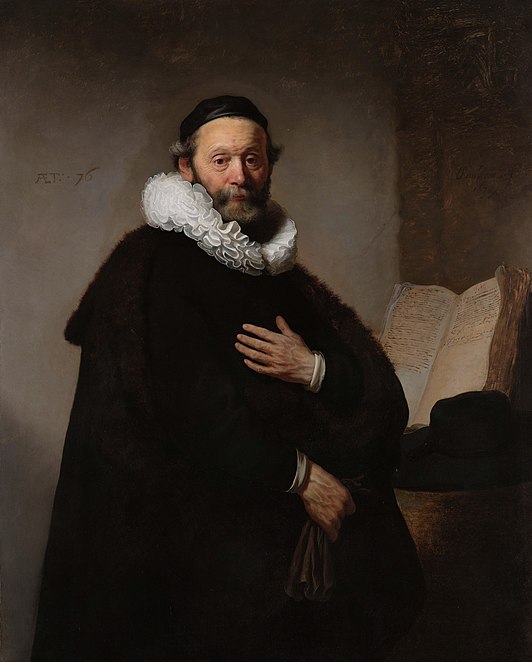
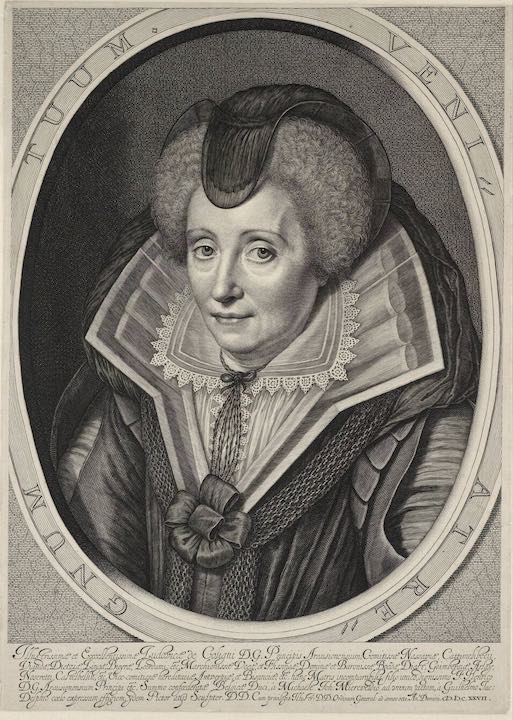
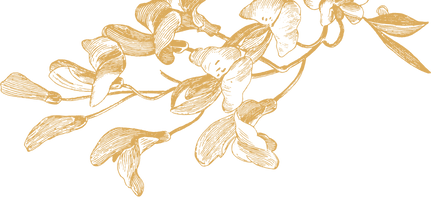
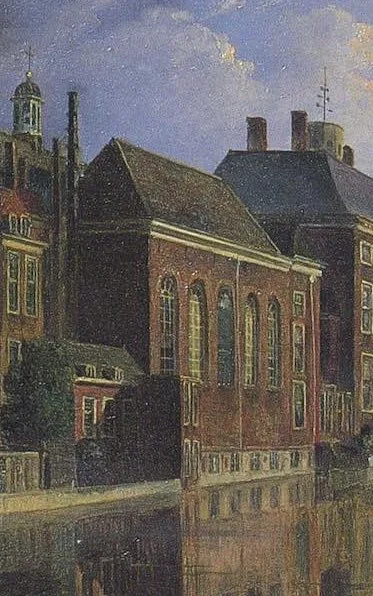
The Hofkapel (The court chapel)
The first mention of a Walloon Church in The Hague dates back to 1585. The Walloon community gets permission to hold church services in the Hofkapel at the Binnenhof. Occasionally Pierre Moreau of the Walloon Church in Delft preaches there on Thursdays. This changed in 1591.
At the urgent request of Prince Mauriceson of Willen of Orange, Louise de Coligny moved to the The Hague court in 1591 to raise her son, Prince Frederick-Hendrikyoungest son of William of Orange. She does have one condition however. She wants a French-speaking pastor to be appointed permanently at the Hofkapel. And so Johannes Uyttenbogaert was officially appointed minister of the Walloon Church in The Hague. The modest Walloon community grew and was soon joined by members of the court as well as influential politicians.
The Walloon Church and Court
Ties with the royal family have always remained strong. Between 1627 and 1836, several members of the royal family were baptised or confirmed members of the Dutch Reformed Church. Several ministers of the Walloon Church in The Hague were appointed as court ministers. In 1991, in the presence of Princess Beatrix (then queen), the 400th anniversary of the Walloon Church The Hague was commemorated.
To the Noordeinde
Until 1806, the Walloon community was allowed to use the Hofkapel. When Louis Napoleonthe younger brother of Napoleon Bonaparte became king of the Netherlands, he wanted to use the Hofkapel for the Catholic mass. Thanks to a financial grant, a new church can be built at Noordeinde, near the Noordeinde Palace. In 1807, architect J. van Duijfhuijs started construction of the new church. On Sunday 6 November 1808, the church was inaugurated for the first time.
Above each of the three entrances is a quote:
“Venez à moi vous tous qui êtes fatigués et chargés et je vous soulagerai”
“Come to Me, all you who are weary and burdened, and I will give you rest” Matthew, 11 verse 28
“Je suis la chemin, la vérité et la vie”
“I am the way, the truth and the life” John, 14 verse 6
“Je suis a lumiere du monde”
“I am the light of the world” John, 8 verse 12a
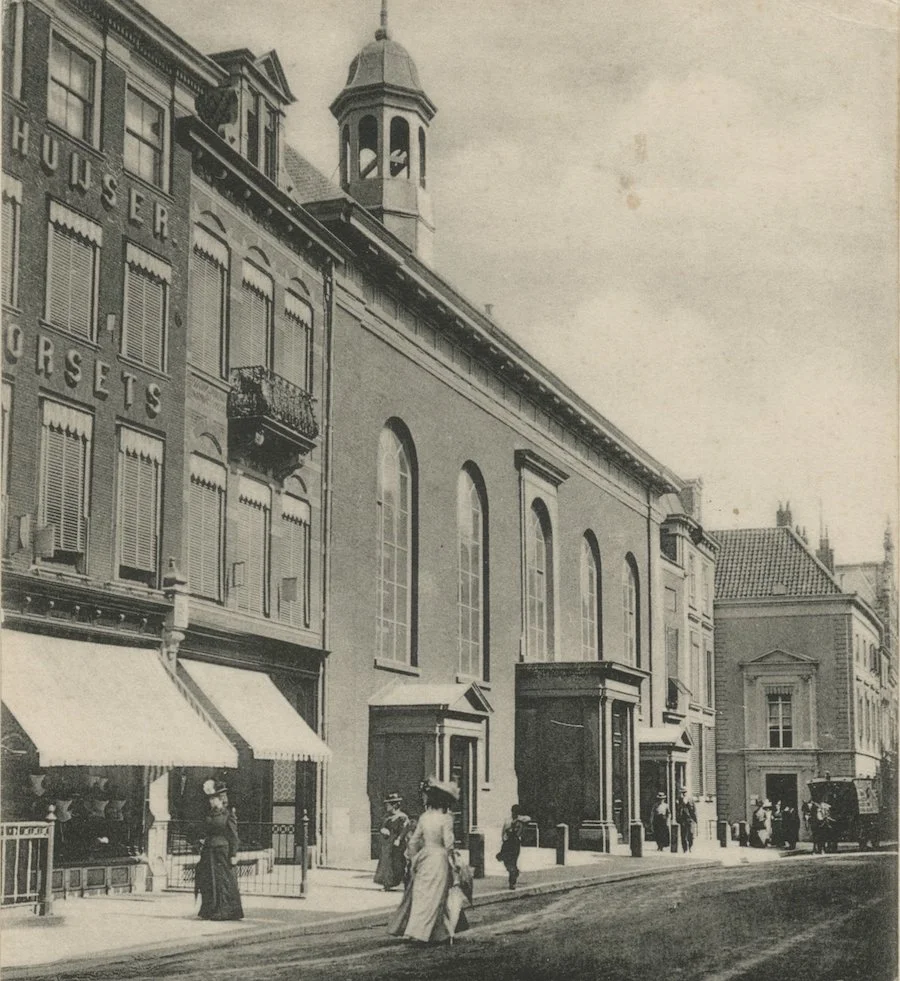


Renovation and restoration
When the Hofkapel moved to Noordeinde, a number of important objects came with it, including the pulpit (1645) and the baptismal railing. The organ was in such poor condition that a new organ had to be purchased. In 1884, this organ had to make way for an organ by the famous organ builder Aristide Cavaillé Coll.
The gentlemen’s benches date from 1814 and were a gift from The Hague to the Orange family in honour of the restoration of Dutch independence.
The church houses two church bells from the Hofkapel, which have long sounded over the buildings of the Binnenhof.
The church was closed for six months in 1930 due to extensive renovation.
In the 1990s, the church was in need of extensive restoration. The church and associated spaces have been completely refurbished and returned to their original layout.
